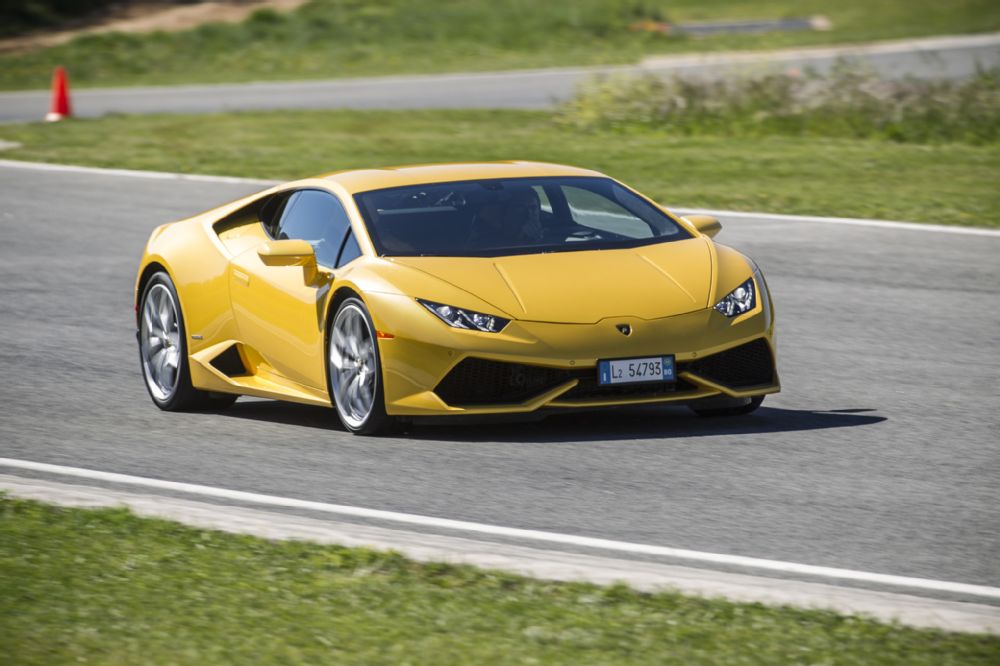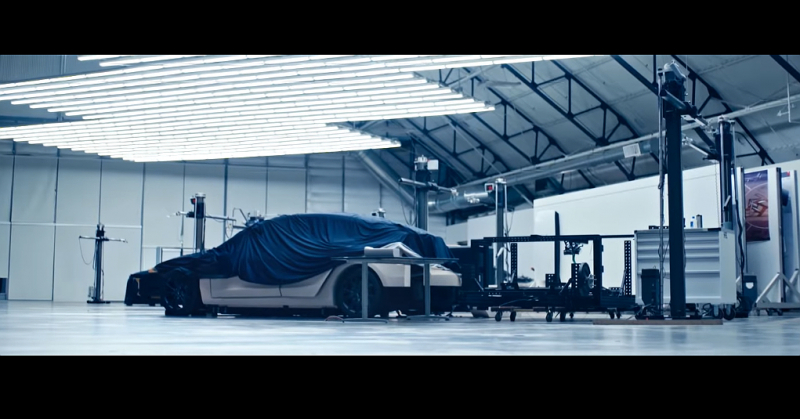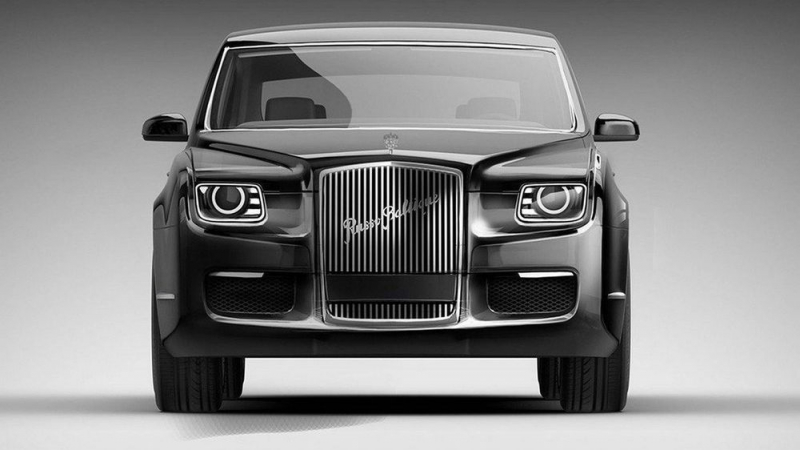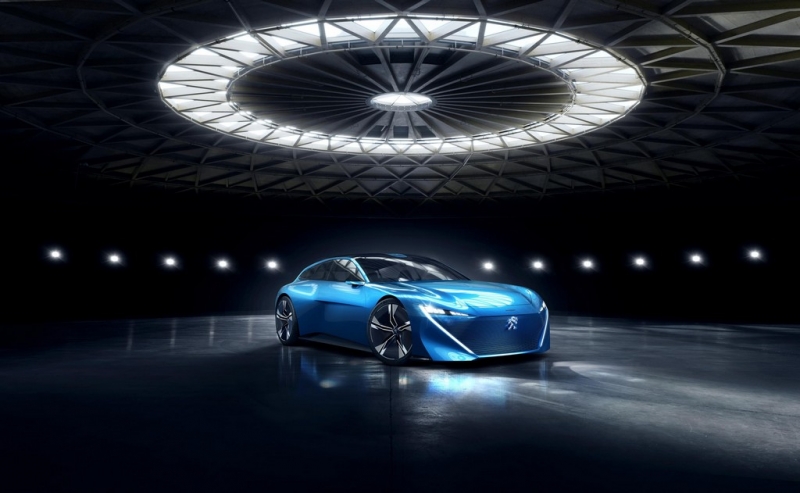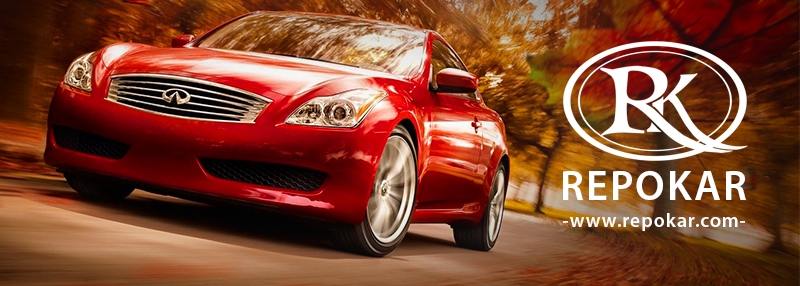Automakers usually declare that turbochargers offer many advantages and few negatives. But is the fact that the days of glorious, naturally aspirated engines are numbered, really motivated?! It may be argued on the example of some concrete car models:
Lamborghini Huracan's V-10 engine is from the gods, even if it understeers on the track and isn’t as sharp of a tool as other cars in its class. It sounds amazing, loves to rev, and has sharp, linear throttle response.
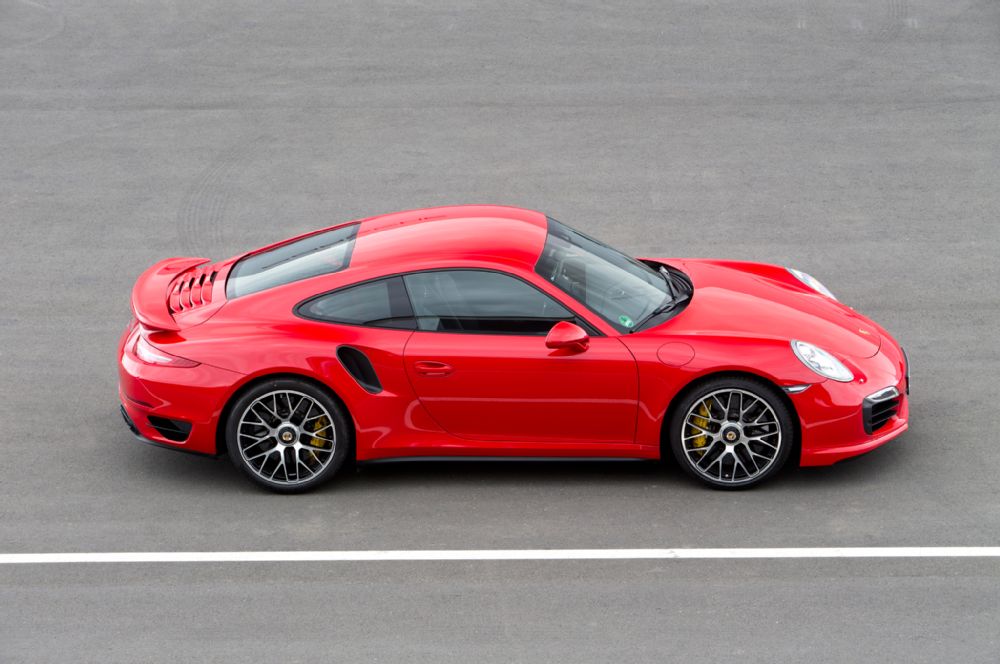
Porsche’s 911 Turbo is an insanely fast car but less costly, “basic” 911s are better from many points of view. The 911 GT3 RS and 911 Carrera offer lots of power from rev-happy natural-induction engines. But Porsche is now poised to slap a turbo or two on nearly every 911 model by next year.
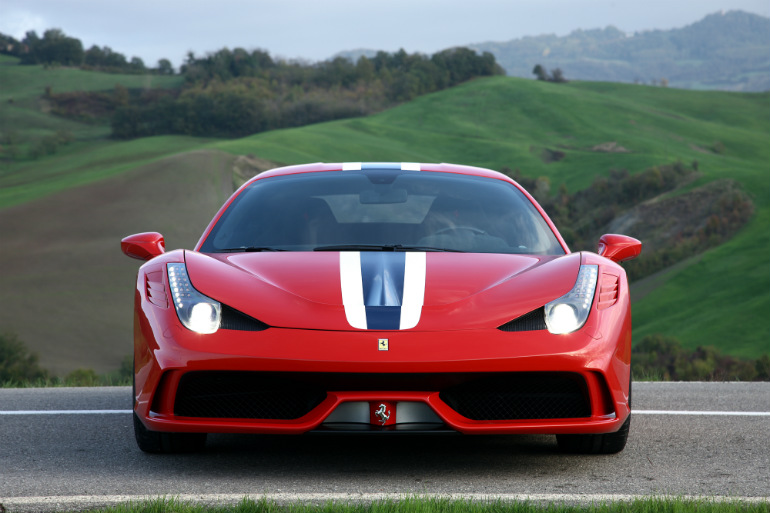
Even Ferrari is selling its soul to the boosted devil with the new twin-turbo 488 GTB. Still the naturally aspirated 4.5-liter V-8 in the outgoing 458 Italia/458 Speciale is one of the most impressive engines on the planet; visceral and sharp, with an exhaust note impeccably tuned for pissing off your neighbors. Perfectly Italian.
As manufacturers sell turbocharging as the solution to having reduced fuel consumption and emissions along with great performance, they’re ignoring the fun-factor. How much faster do cars need to be? Yes, the engines must meet increasingly stricter rules and regulations but, as we learned from the FCA interview, turbochargers and direct injection can give great lab results that don’t translate into real-word experiences.


